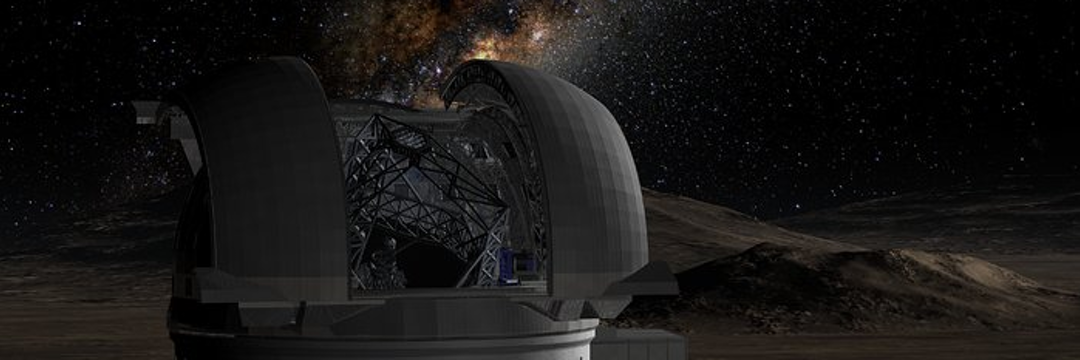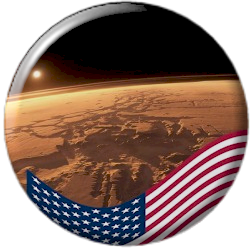
doi.org/10.1038/s41586-024-08115-3
Credibility: 999
#Células
Scientists have discovered that a prehistoric single-celled organism performs a type of cell division that resembles the development of animal embryos.
This suggests that embryonic processes may have existed before animals even evolved.
*Chromosphaera perkeinsii* is a single-celled organism first identified in 2017, found in marine sediments near Hawaii.
Evidence suggests that this species has existed for more than a billion years, long before the first animals emerged.
Researchers from the University of Geneva (UNIGE) observed that this species forms multicellular structures that closely resemble animal embryos.
These findings indicate that the genetic programs responsible for embryonic development may have arisen before animals or that *C.
perkinsii* developed these processes independently.
In other words, nature may have had the “genetic tools” to “create eggs” long before “chickens” were invented.
The study was published in the journal *Nature*.
From Unicellular Life to Animals:
The first living beings on Earth were unicellular organisms, such as yeast or bacteria.
Over time, animals, which are multicellular organisms, emerged.
They develop from a single cell, the egg, until they become complex beings.
Embryonic development follows precise stages, which are surprisingly similar in various animal species and may have begun before the appearance of animals.
However, the process of transition from unicellular to multicellular organisms is still poorly understood.

Study on *Chromosphaera perkinsii*
Omaya Dudin, assistant professor at the Department of Biochemistry at UNIGE and former researcher at EPFL, and his team focused on *Chromosphaera perkinsii*, or *C.
perkinsii*, an ancestral protist.
This organism separated from the evolutionary line of animals more than a billion years ago, offering important clues about how multicellularity may have arisen.
Scientists observed that *C.
perkinsii*, when it reaches its maximum size, divides without growing any further, forming multicellular colonies that resemble the early stages of animal embryonic development.
These colonies last about a third of the organism`s life cycle and have at least two different cell types, something unexpected for a single-celled species.
Similarities with Animal Embryos:
“Although *C.
perkinsii* is a single-celled species, this behavior shows that the processes of multicellular coordination and differentiation were already present before the first animals appeared on Earth,” explains Omaya Dudin, leader of the research.
The most surprising thing is that the way these cells divide and the three-dimensional structure they adopt are very similar to the early stages of animal embryonic development.
In collaboration with Dr.
John Burns of the Bigelow Laboratory for Ocean Sciences, the researchers analyzed the genetic activity in these colonies and found striking similarities with animal embryos.
This suggests that the genetic programs for complex multicellular development were already in place more than a billion years ago.
Marine Olivetta, a laboratory technician at the Department of Biochemistry at UNIGE and first author of the study, comments: “It is fascinating that a recently discovered species allows us to go back in time more than a billion years.” The study indicates that either the principle of embryonic development existed before animals, or that the mechanisms of multicellular development evolved separately in *C.
perkinsii*.
New Perspectives on Multicellularity: This discovery may also help to clarify a long-standing debate about 600-million-year-old fossils that resemble embryos and challenge traditional ideas about how multicellularity arose.
Published in 11/15/2024 07h57
Original article:
Original study:


